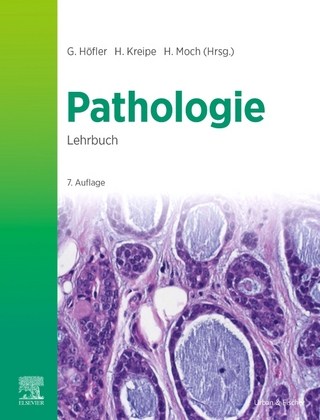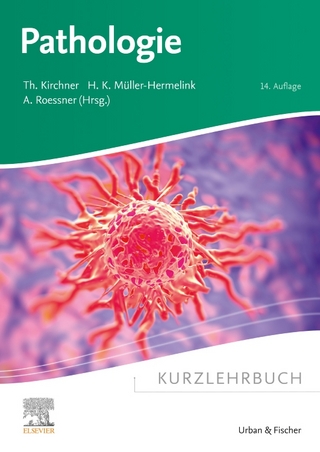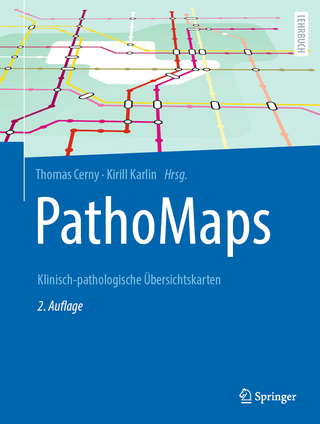
Koss's Cytology of the Urinary Tract with Histopathologic Correlations
Seiten
2016
|
Softcover reprint of the original 1st ed. 2012
Springer-Verlag New York Inc.
978-1-4939-5275-5 (ISBN)
Springer-Verlag New York Inc.
978-1-4939-5275-5 (ISBN)
This new volume fills the gap in the literature as it will guide urologists and pathologists in the proper utilization of a variety of laboratory methods that are currently available to determine the presence, persistence or progression of tumors of the lower urinary tract. The volume emphasizes cytology of the urinary tract which is preferred over other methods (i.e. biochemical, immunological and cytogenetic) for its accuracy, especially for the important high grade tumors. This volume will appeal to urologists as well as pathologists, cytopathologists and related professions. The illustrations, nearly all in color, stress the key points of the text and enhance basic understanding of urothelial and other tumors of the urinary tract.
Introduction.- Indication, Collection and Laboratory Processing of Cytologic Samples.- The Cellular and Acellular Components of the Urinary Sediment.- The Cytologic Makeup of the Urinary Sediment According to the Collection Technique.- Cytologic Manifestations of Benign Disorders Affecting Cells of the Lower Urinary Tract.- Tumors of the Bladder.- Immunohistochemistry, Immunocytochemistry and Other Methods of Detection of Bladder Neoplasms.
| Erscheinungsdatum | 19.08.2017 |
|---|---|
| Zusatzinfo | XVI, 125 p. |
| Verlagsort | New York |
| Sprache | englisch |
| Maße | 178 x 254 mm |
| Themenwelt | Medizin / Pharmazie ► Medizinische Fachgebiete ► Urologie |
| Studium ► 2. Studienabschnitt (Klinik) ► Pathologie | |
| ISBN-10 | 1-4939-5275-7 / 1493952757 |
| ISBN-13 | 978-1-4939-5275-5 / 9781493952755 |
| Zustand | Neuware |
| Haben Sie eine Frage zum Produkt? |
Mehr entdecken
aus dem Bereich
aus dem Bereich


